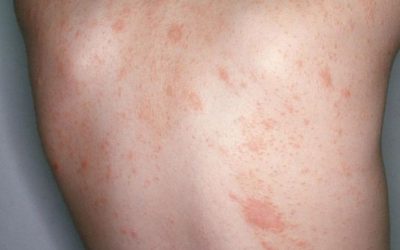Granuloma annulare
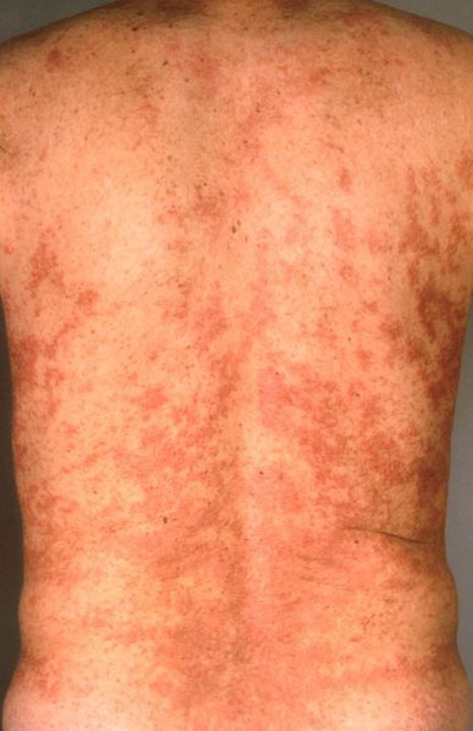
- The causes of the disease usually remain unknown, related to the response of the immune system to a certain stimulus
- It can appear at any age, the localized form is more common in children and adolescents, and the generalized form in older age. Twice as often in women than in men
- It often occurs in healthy individuals
- Sometimes it can be associated with autoimmune diseases, diabetes or thyroid disorders, in rare cases with malignant tumors, lymphoma, serious infections such as HIV
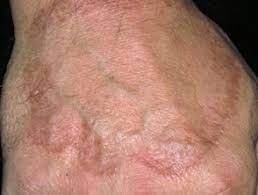
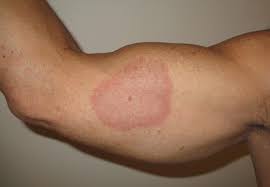
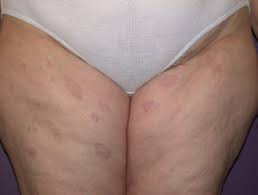
Most often, ring granuloma does not have expressive, bothersome symptoms.
It is usually divided into two main forms:
- Localized (about 75% of all cases)
- Generalized (about 15% of all cases, the rash spreads over the entire skin of the body, it may be itchy)
Granuloma annulare is characterized by a rash:
- in the case of a localized form: ring-shaped pink papules or plaques, with a smooth (smooth) surface, up to 5 cm in size
- in the case of the generalized form: multiple, ring-shaped, flesh-colored or pink papules.
Localization
upper limbs are often affected, legs are less often affected. Depending on the form, both one and several areas of the body may be affected. In the case of a generalized form, it can be on the abdomen, back and limbs
Diagnostics
Data from the patient’s survey and examination are usually sufficient to establish a preliminary diagnosis. A skin biopsy is required to confirm the diagnosis, the results of which are combined with other data.
Treatment and prognosis
While the rash often diminishes on its own within a few months, recurrence is possible. Therefore, treatment might be necessary either to prevent recurrence or for cosmetic reasons.
During the consultation, the doctor devises a personalized treatment plan based on the specific form of the disease. Various methods can be considered for treatment:
- Injection of medication into the affected area.
- Topical ointments.
- Creams designed to modulate the immune response.
- Light-based therapy.
- Laser treatment.
- Medications that help in managing the condition.
- In certain scenarios, therapies that target specific aspects of the immune system could be used.

Vitiligo – Why Do White Patches Appear on the Skin and How to Treat Them?
Vitiligo is a non-contagious skin condition characterized by white patches due to the loss of pigment. While it does not pose a direct threat to physical health, it can have a significant psychological impact. Learn what causes vitiligo, its symptoms, how it is diagnosed, and which treatment methods are currently available.
Hyperpigmentation: Causes, Types, and Modern Treatment Options
Hyperpigmentation is a common skin condition characterized by dark spots that appear due to sun exposure, hormonal changes, or skin damage. In this article, you will learn about the main types and causes of hyperpigmentation, as well as how to effectively treat it using modern dermatological methods and preventive care.
Pityriasis rosea
An acute, self-limiting, exanthematic skin disease that manifests as itchy, somewhat inflammatory, scaly rashes, usually on the torso, chest, and upper limbs.



